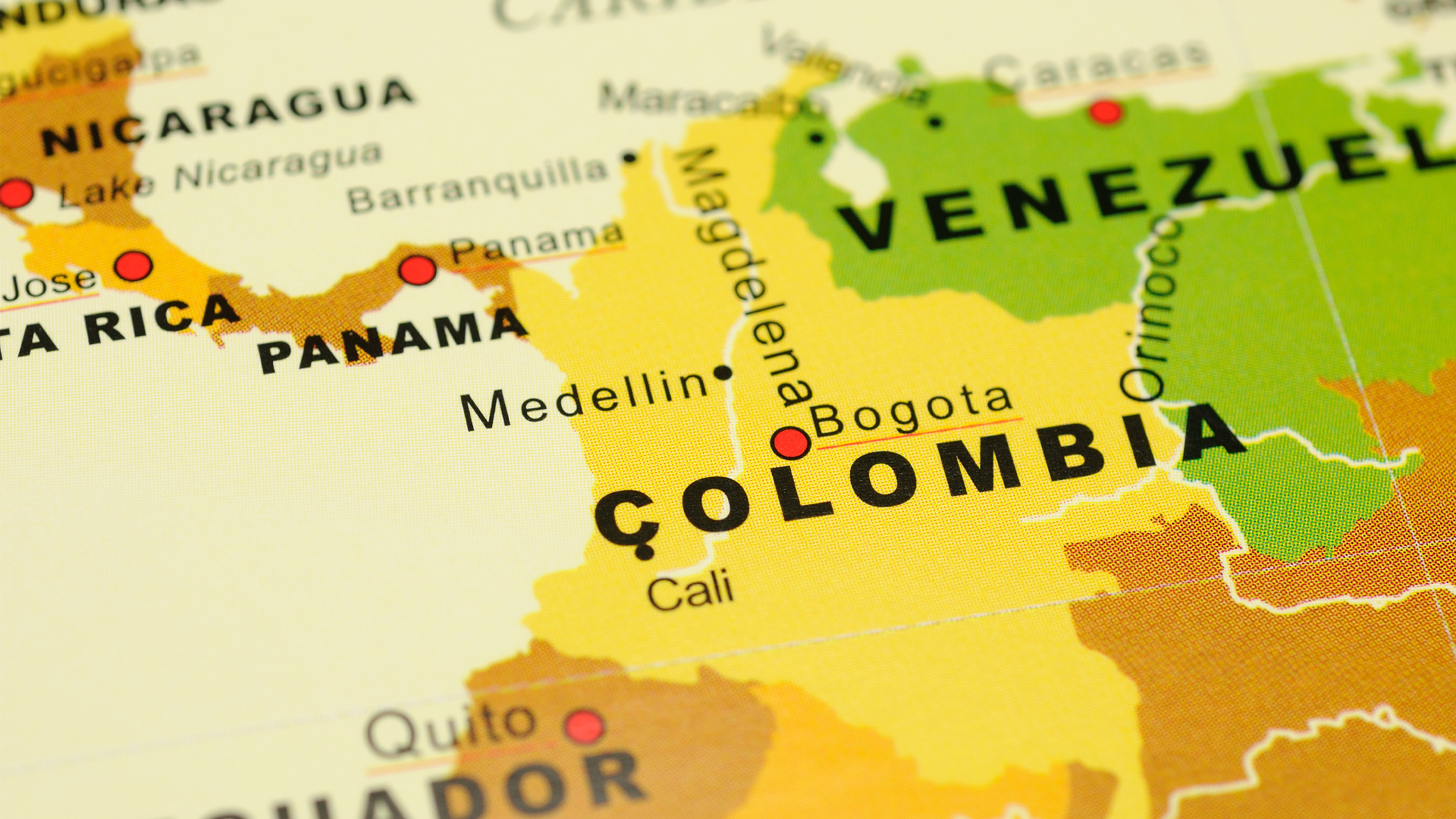U.S. – Colombia Trade Promotion Agreement
The United States—Colombia Trade Promotion Agreement (TPA) entered into force on May 15, 2012. The TPA is a comprehensive free trade agreement that provides elimination of tariffs and removes barriers to U.S. services, including financial services. It also includes important disciplines relating to customs administration and trade facilitation, technical barriers to trade, government procurement, investment, telecommunications, electronics commerce, intellectual property rights, and labor and environmental protection.
Rules of Origin
For goods that are not wholly obtained, you must meet the product’s rule of origin, usually through Tariff Shift or Regional Value Content. Learn more about How to Read and Apply FTA Rules of Origin. The rules of origin may be found in the final text of the FTA. Occasionally, a particular rule of origin may be revised. For the most updated version of the ROOs consult the Harmonized Tariff Schedule of the United States, General Notes — General Note 34.
In addition to the above rules of origin, there may be other ways to qualify your product:
- Accumulation may allow the producer to reduce the value of the non-originating materials used in the production of the good.
- De Minimis allows the exporter to disregard a very small percentage of non-originating materials the do no meet a tariff shift rule.
- Direct Shipment are goods which must be shipped directly from one FTA party to another FTA party.
- Fungible Goods and Materials refers to goods or materials (components) that are interchangeable for commercial purposes and whose properties are essentially identical.
- Indirect Materials are goods used in the production, testing or inspection of a good but not physically incorporated into the good.
Claiming/Documenting Origin
No specific certificate is required for the U.S. – Colombia TPA. You may be requested by the importer or the Colombian National Customs and Tax Directorate (DIAN) to provide information to support a claim of preferential treatment. More information on what to include can be found in Free Trade Agreements Certificates of Origin.
